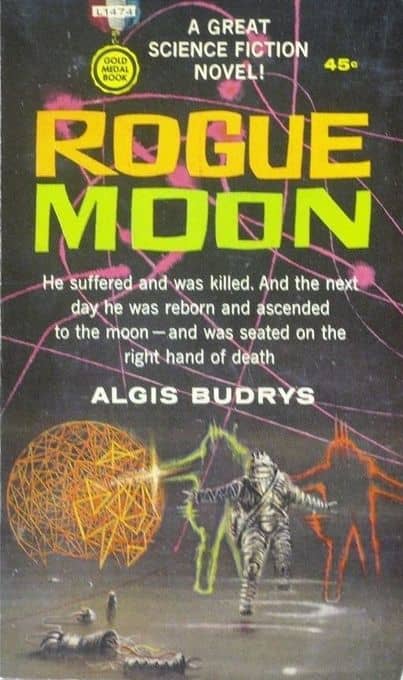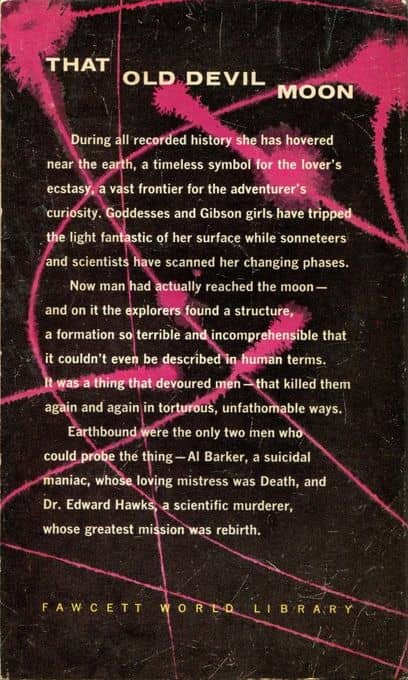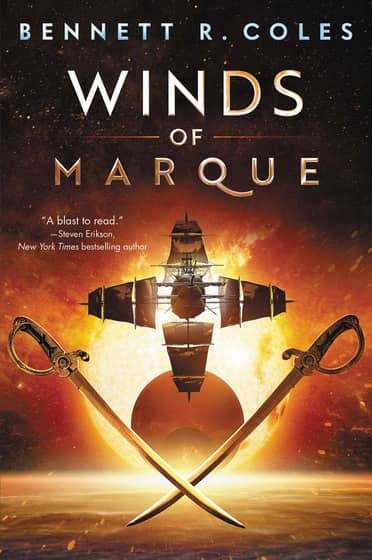Future Treasures: The Year’s Best Dark Fantasy & Horror: Volume One edited by Paula Guran and The Best Horror of the Year Volume Twelve edited by Ellen Datlow
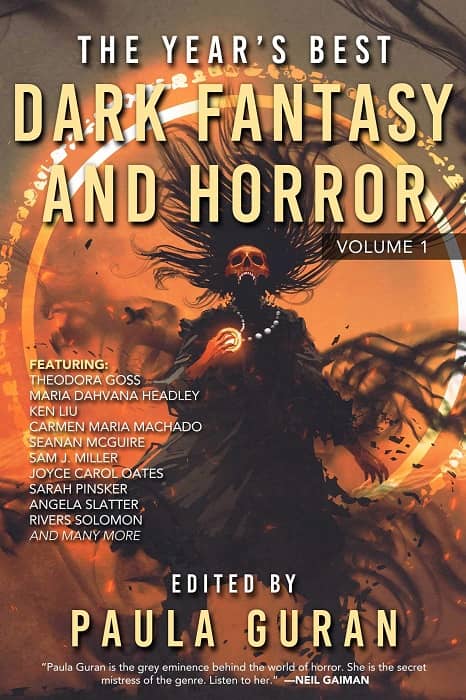 |
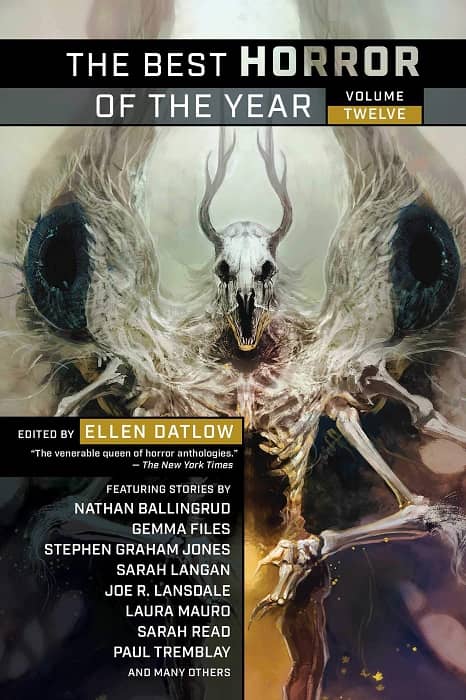 |
The Year’s Best Dark Fantasy & Horror: Volume One (Pyr) and The Best Horror of the Year Volume Twelve
(Night Shade Books). Both published October 20, 2020. Covers by unknown and Reiko Murakami
The pandemic has shaken up publishing schedules, including the usual batch of Year’s Best anthologies. (The 2020 edition of Rich Horton’s The Year’s Best Science Fiction & Fantasy didn’t have a publication date until last week; it now looks like it will appear Dec. 8 from Prime Books.) But as we near the end of the year we’re seeing a much more crowded release schedule — and in fact on Tuesday of this week two of the most anticipated anthologies of the year will be released on the same day: Paula Guran’s The Year’s Best Dark Fantasy & Horror: Volume One from Pyr, and The Best Horror of the Year Volume Twelve, edited by Ellen Datlow, from Night Shade Books.
Paula published ten volumes of The Year’s Best Dark Fantasy & Horror with Prime Books; we covered the last in November of 2019. This year she’s switched to Pyr, who published the annual Nebula Awards Showcase for many years. The 2020 volume looks especially appetizing, wth 25 stories and over 400 pages. Authors include Theodora Goss, Maria Dahvana Headley, Ken Liu, Carmen Maria Machado, Seanan McGuire, Sam J. Miller, Joyce Carol Oates, Sarah Pinsker, Angela Slatter, Rivers Solomon, and many more. Here’s the complete table of contents.
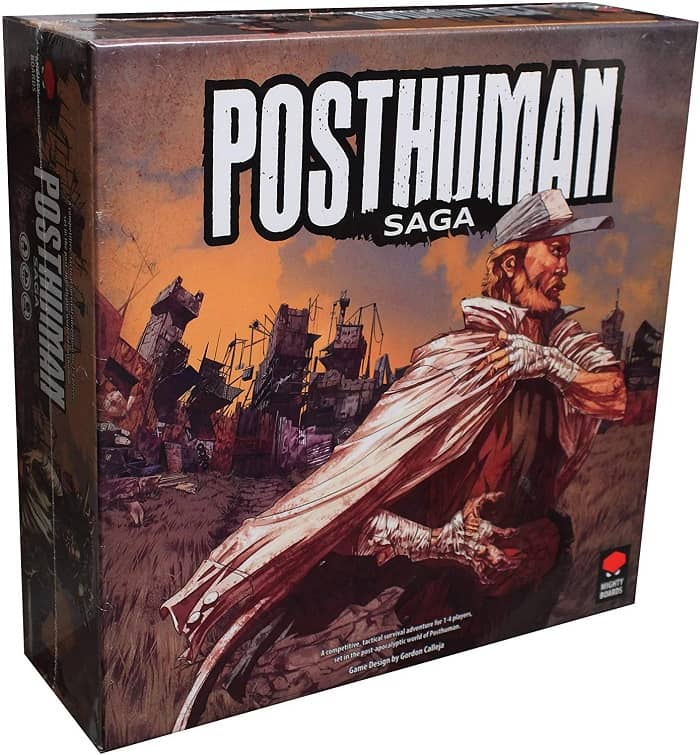
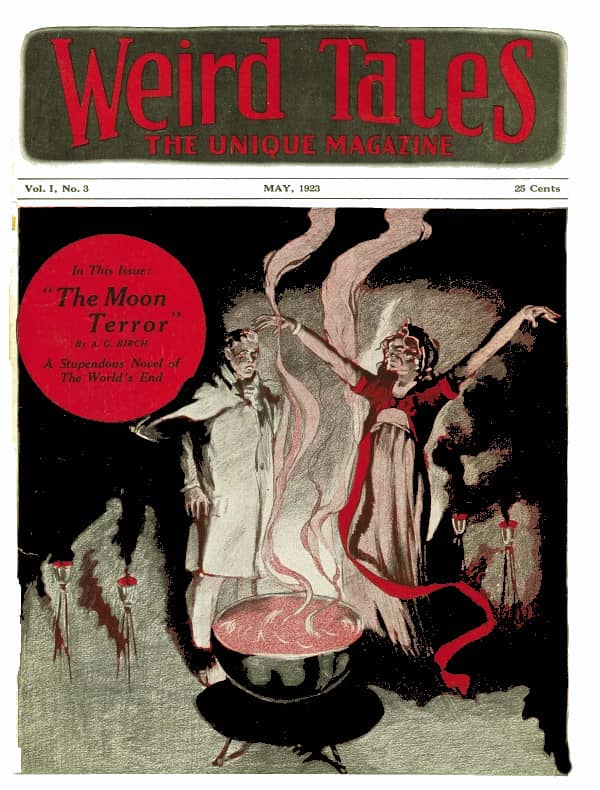
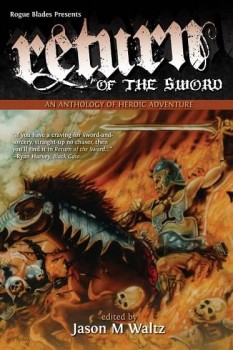

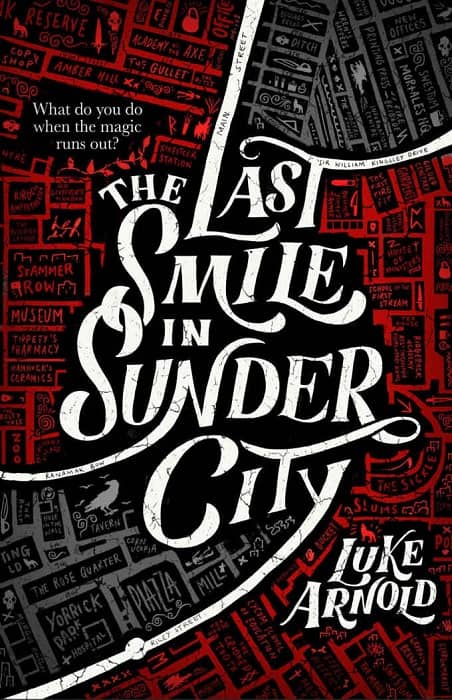
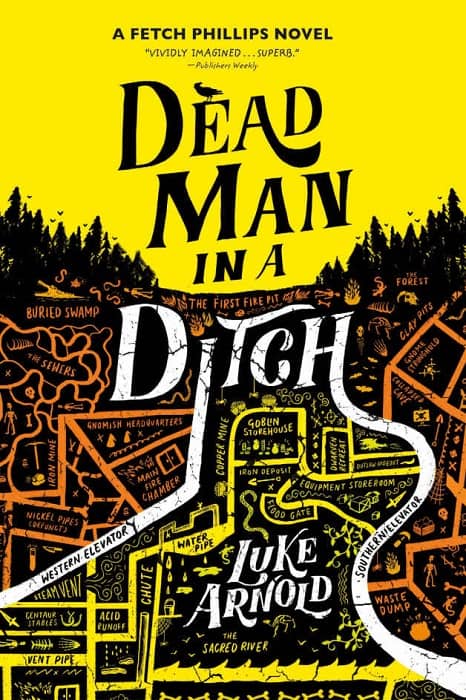
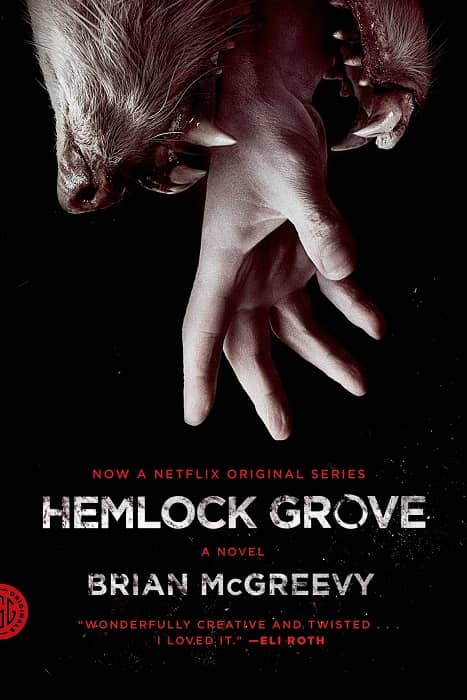
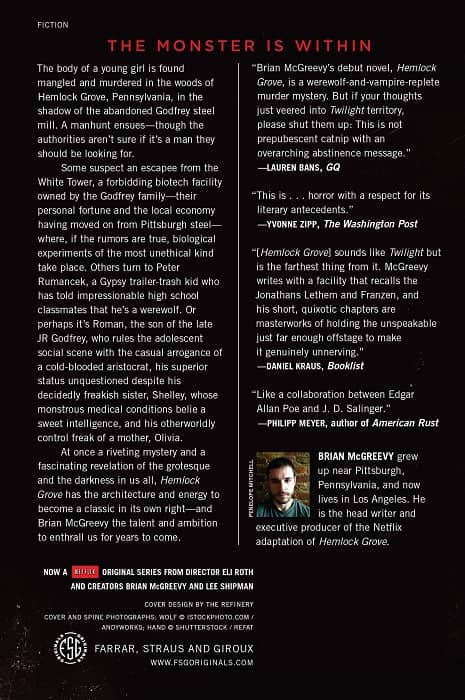
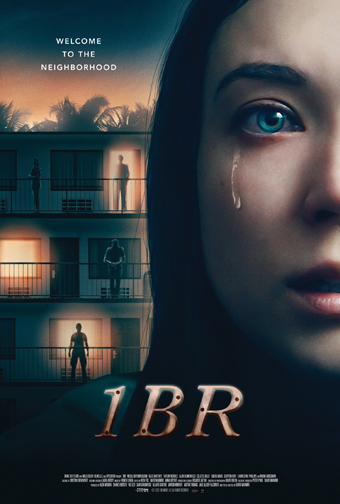 Last year I almost reviewed a movie at Fantasia called 1BR. But exhaustion got to me as the festival wore on, and I passed on the film. I’m never happy about having to compromise with fatigue, though, and since 1BR recently came to Netflix — where for a while it was among their 10 most-streamed movies, at one point even reaching the top 5 — I decided to rectify last year’s omission and take a look at it now.
Last year I almost reviewed a movie at Fantasia called 1BR. But exhaustion got to me as the festival wore on, and I passed on the film. I’m never happy about having to compromise with fatigue, though, and since 1BR recently came to Netflix — where for a while it was among their 10 most-streamed movies, at one point even reaching the top 5 — I decided to rectify last year’s omission and take a look at it now.